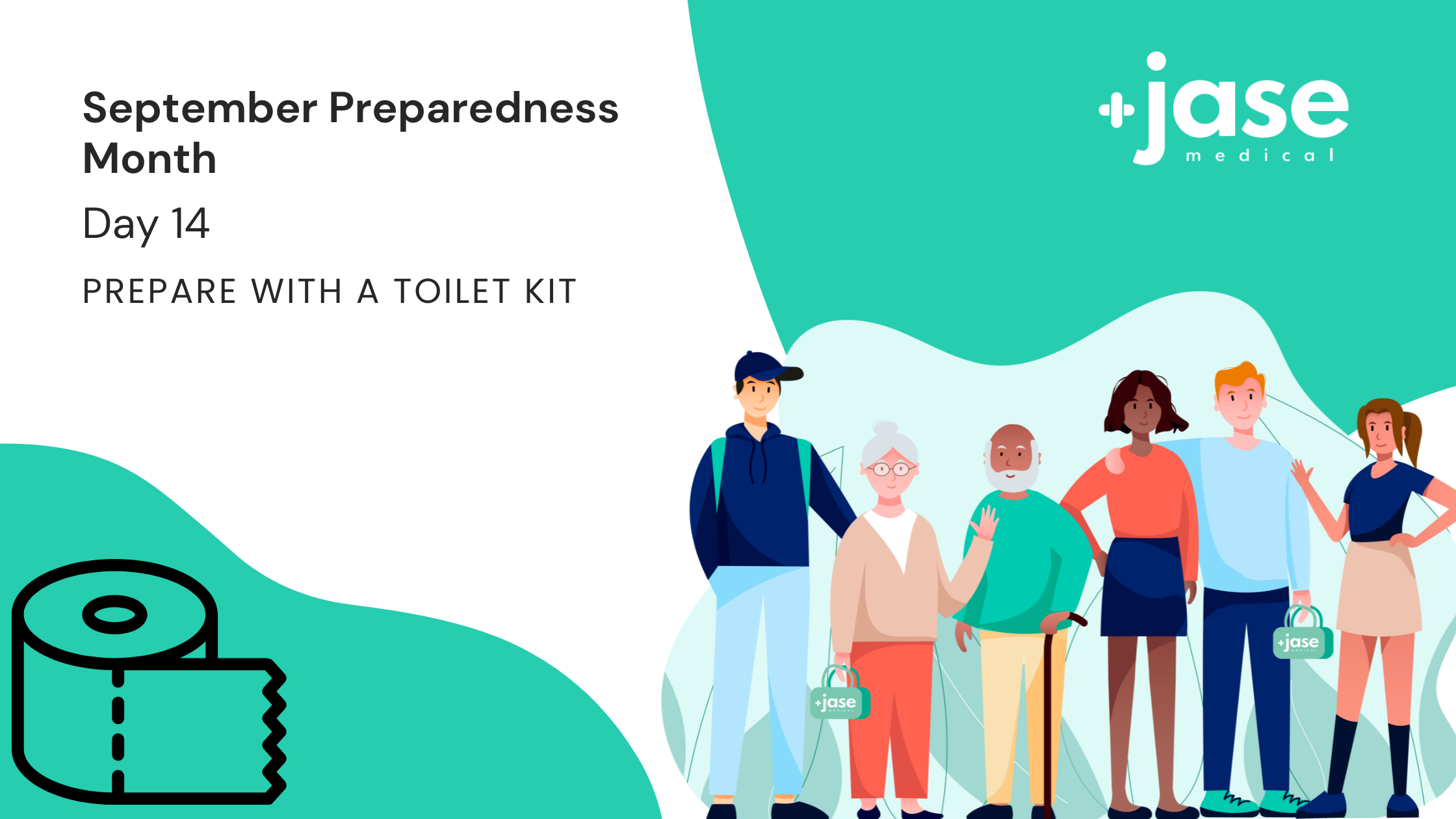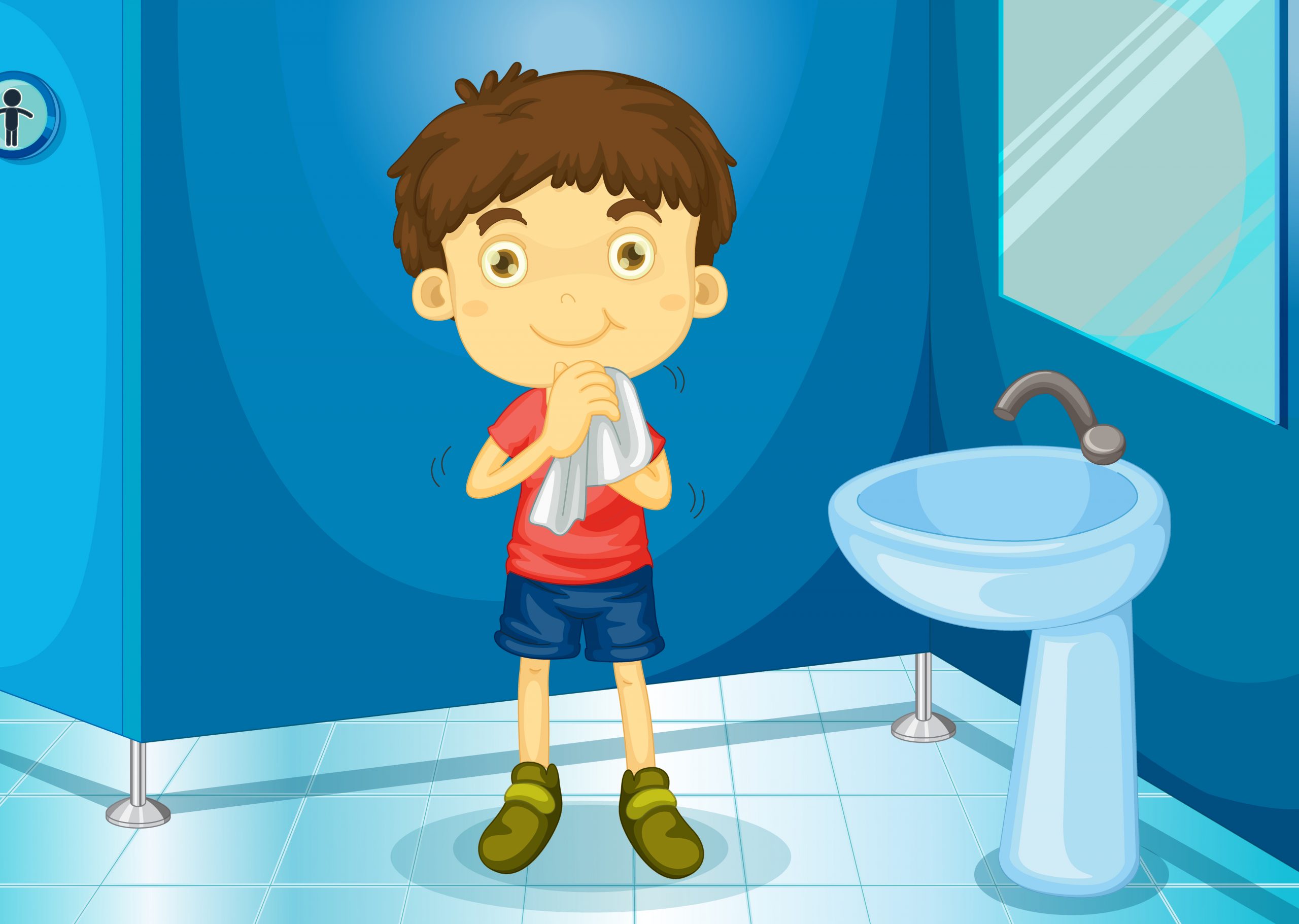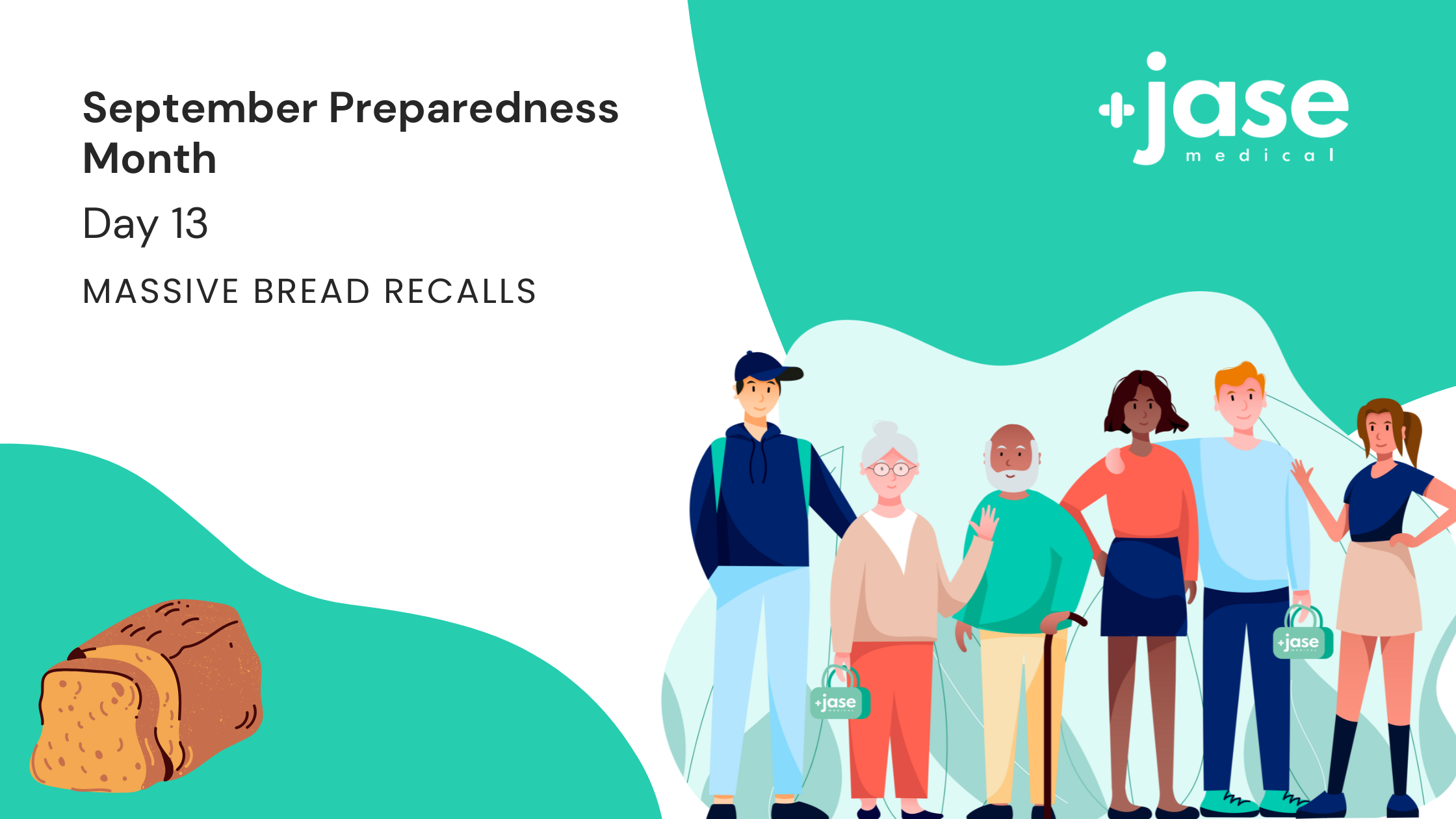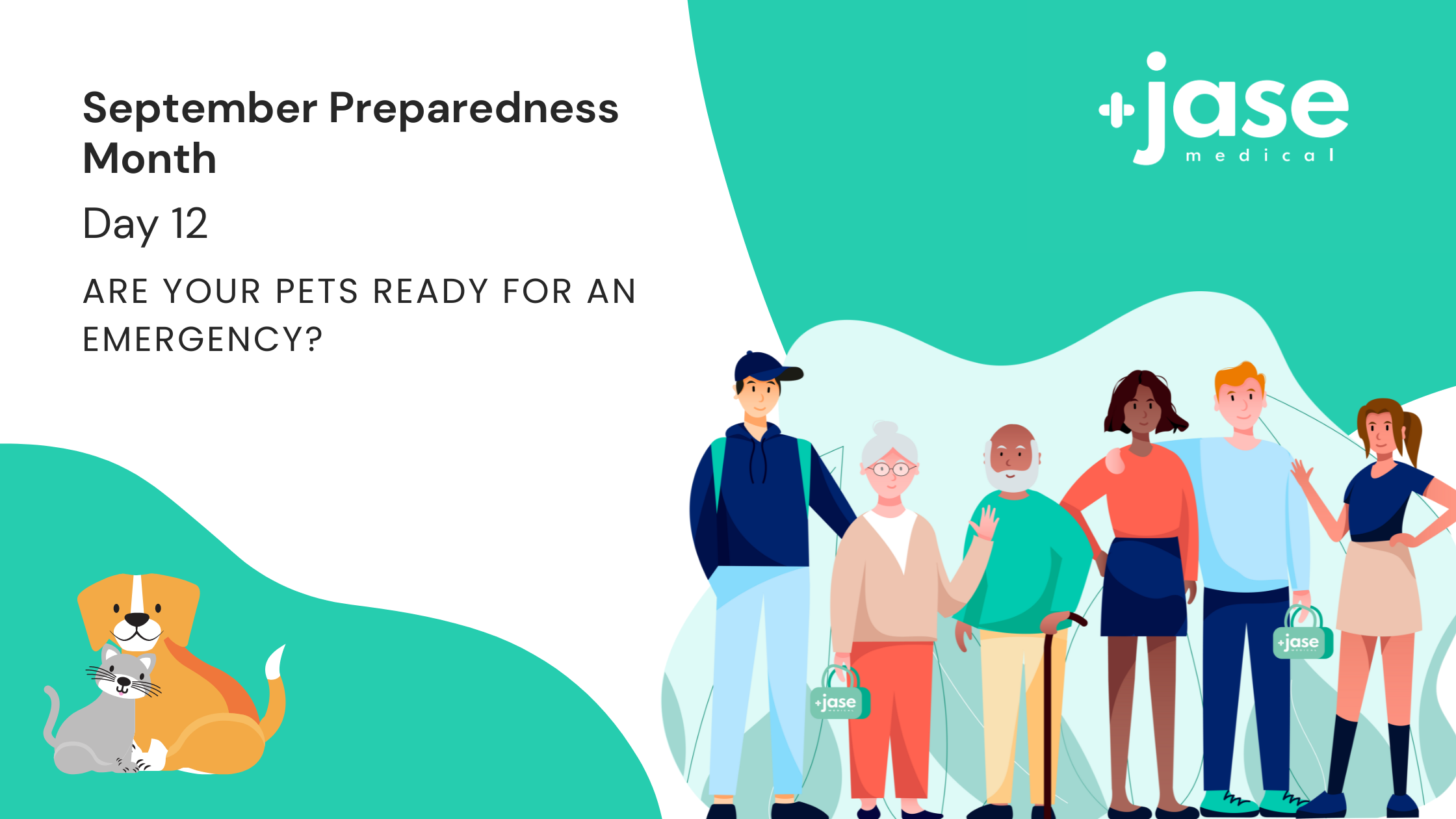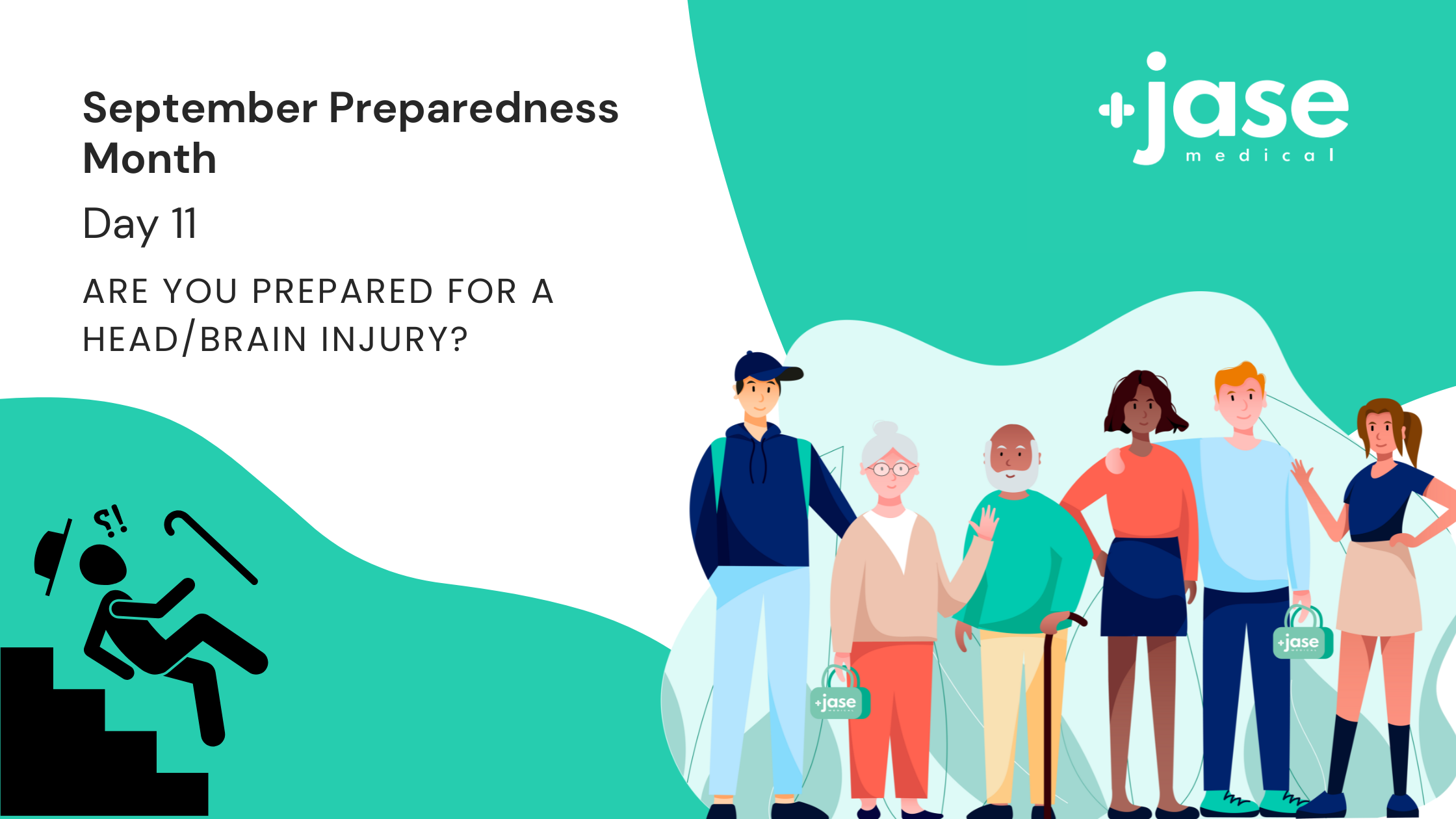Educating and preparing your children ahead of time means fewer surprises in the event of an emergency.Growing Up Prepared: Empowering Youth in Disaster Preparedness As we observe National Preparedness Month, it's crucial to remember that disasters can strike at any...
Winter Weather Is Coming… Are You Prepared?
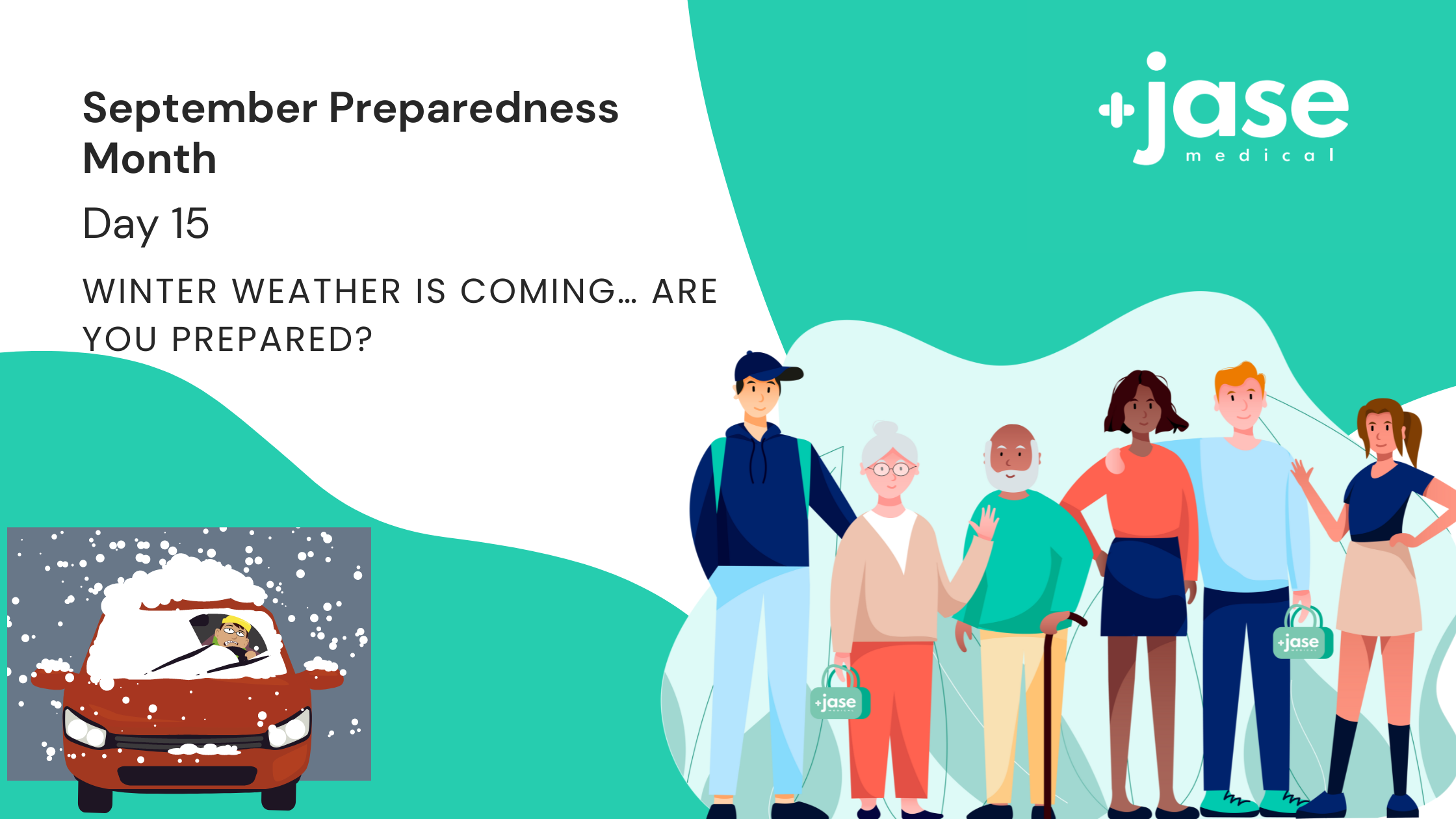
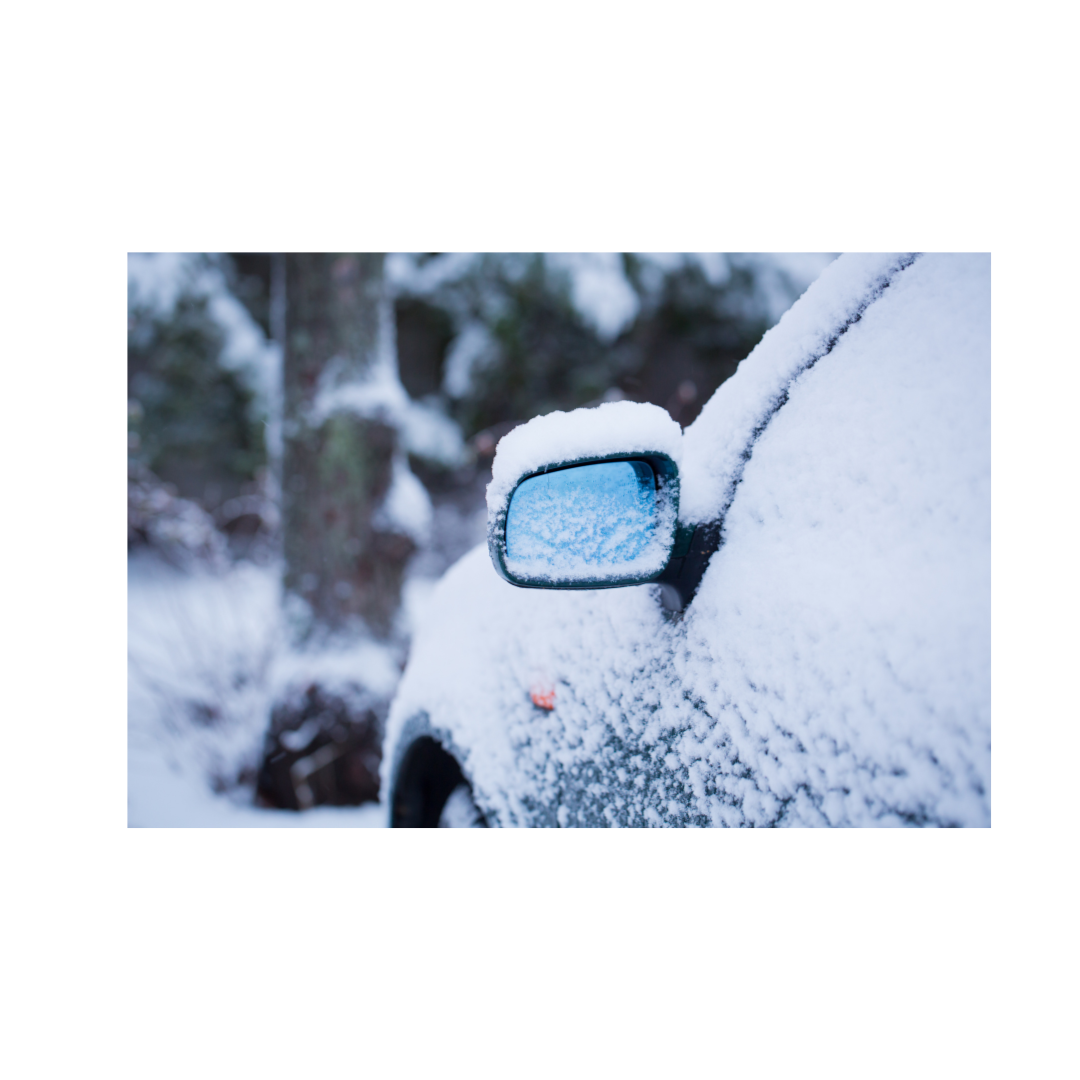
Winter is a great time to snuggle up by the fire, have a mug of hot chocolate, or make a snowman, but colder temperatures can also create a higher risk for car accidents, hypothermia, and frostbite. Winter storms and inclement weather can last for days and leave you without power, heat, or communication services which can leave older people, children, or sick people at greater risk.
There are some easy steps to take now to prepare yourself, family, and your home for the upcoming winter weather so you are best protected.
It is important to be prepared for winter weather at your home, work, and in your car.
HOME/WORK
Prepare your home and/or work space to keep out cold weather with proper insulation, caulking, weather stripping, etc. Make sure you know how to keep pipes from freezing and install smoke alarms and carbon monoxide detectors with battery back-ups. Make sure you have supplies in case you get stranded or need to stay in one place for several days without power. Consider extra water, non perishable snacks, extra batteries, flashlights and a radio, but also consider the needs of each person and pet in your family and what they may need, like certain medications or specific supplies. Limit your time outside if possible. If you need to go outside, make sure you are prepared with appropriate clothing and monitor for signs of hypothermia and frostbite.
CAR
In your car it is important to have some emergency supplies which might include:
- Jumper cables
- Sand or cat litter
- Flashlight
- Warm clothes
- Blankets
- Bottled water
- Non-perishable snacks
Try and avoid traveling if possible when inclement weather is approaching. If you need to travel, make sure you have a full tank of gas just in case you get stranded. If you do get stranded in your car, avoid going outside if possible.
- Brooke Lounsbury
Medical Content Writer
Lifesaving Medications
Recent Posts
Keeping you informed and safe.
Youth Preparedness: Teaching, Building, and Coping with Disasters
Low-Cost and No-Cost Emergency Preparedness Measures
Small steps today, mean a safer tomorrow for you and your loved ones.Low-Cost and No-Cost Emergency Preparedness So far in our series for National Preparedness Month this September, we've already covered How to Make an Emergency Plan for Your Household and How to...
How to Build A Home Emergency Kit
A thoughtfully crafted emergency kit can become a lifeline for your family after a disaster. How to Build a Home Emergency Kit In an unpredictable world, being prepared for emergencies is not just a precaution—it's a necessity. A well-stocked home emergency kit can be...




